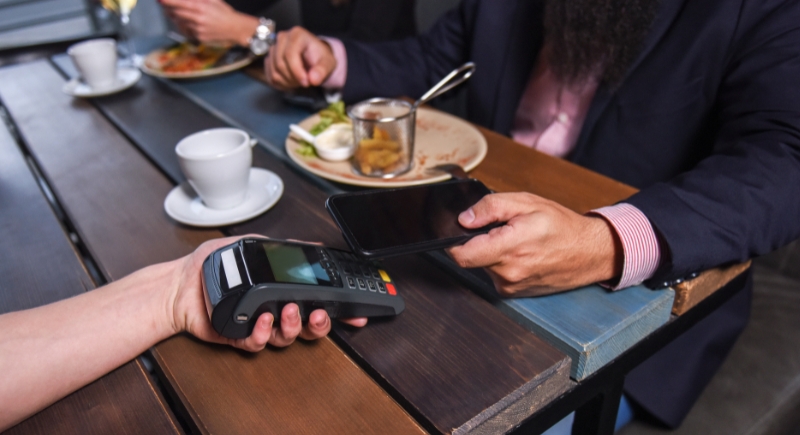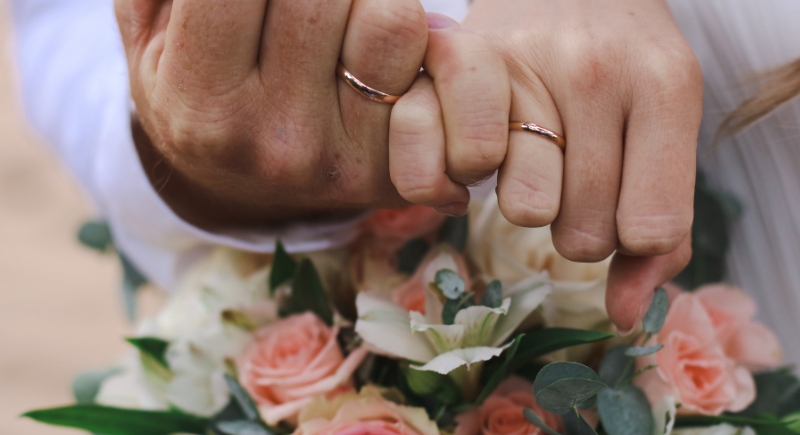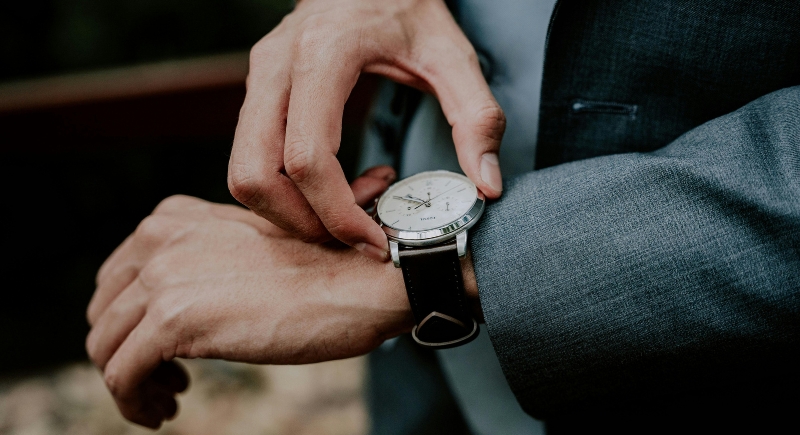1950s Dating Rules That Would Never Pass Today
Before swiping right or ghosting someone became part of the dating lexicon, courtship in the 1950s followed a playbook of tradition and etiquette, which wasn’t free from a fair dose of parental supervision. These rules might feel bizarre today—sometimes even restrictive—but they were created with a purpose: to protect, impress, and yes, sometimes to maintain appearances.
Here’s a look at the rules that governed dating back then, and why they could become deal-breakers now.
Women Didn’t Order Their Own Meals

Credit: Getty Images
It was simple: at a restaurant, she’d quietly let him know what she wanted, and he’d relay it to the server. That might raise a feminist eyebrow (and fairly so) today, but it was a subtle nod to formality and care at the time. We’re all for autonomy at the table now, there’s something charming about a date who’s genuinely tuned in to your preferences.
The Man Always Picked up the Check

Credit: Getty Images
Back then, there was no debate over who paid. If he asked you out, he footed the bill. There were no Venmo scans or awkward “split it?” moments. Sure, this rule came from a society where men were expected to be providers, but generosity was baked into romance.
Family Approval Carried Serious Weight

Credit: DragonImages
Meeting the parents was a prerequisite. Teen dating guides encouraged girls to only go out with people their families had met and approved of. This rule applied early, sometimes before the first date even began. Unlike today, dating privately or impulsively was frowned upon, especially for girls.
Movie Theaters Came With Rules

Credit: pexels
PDA in the back row of a dark theater was not on their watch. Dating manuals actually gave teens step-by-step behavior guides for sitting in a cinema that involved no snuggling or intimacy. And while it might sound stiff, there’s something endearing about the idea that self-control was seen as a virtue, not a buzzkill.
“Going Steady” Meant Real Commitment

Credit: pexels
Being someone’s steady implied exclusivity and future plans; it often came with symbolic tokens like a class ring or varsity jacket. It was basically the teen version of a relationship status update, long before Facebook existed. The modern dating scene might roll its eyes at that kind of commitment too soon.
Punctuality Was Non-negotiable

Credit: pexels
Being fashionably late didn’t apply to teenage boys in the ’50s. Dating guides emphasized the importance of arriving on time, preferably walking up to the door and ringing the bell. A honk from the car was considered deeply disrespectful, enough to get someone banned from dating in the neighborhood.
Messy Food Was Off The Menu

Credit: Getty Images
Dating guides actually included lists of “off-limits” foods, including messy sandwiches, sticky fruit, and anything that crunched too loudly. Girls were told to eat quietly, neatly, and preferably not too much. It’s quite a dated expectation.
Chivalry Had Strict Guidelines

Credit: Getty Images
Opening doors, offering a coat, and walking on the street side of the sidewalk wasn’t optional. If he skipped any of it, he risked getting labeled as careless or lazy. These rituals were gestures of care, small ways to say “I’m looking out for you.” And truth be told, many of these habits are still heartwarmers. Good manners never go out of style.
Group Dates Were the Safer Norm

Credit: iStockphotos
Group dates were the go-to for teens in the ’50s. Bowling alleys, diners, school dances—it was all better with backup. The logic was reputation, safety, and keeping things breezy. A little group energy often takes the pressure off and helps people show up more naturally.
Dating Multiple People Was Encouraged

Credit: iStockphotos
Many 1950s parents wanted teens to “date around.” Going steady too soon was considered limiting, and variety helped you figure out what (and who) really fit. By meeting different people, teens were seen as making wiser choices about marriage later. It taught young people to date intentionally, not just impulsively.
Looks Weren’t Everything, Reputation Was

Credit: iStockphotos
Being attractive helped, sure, but being “from a good family” and having clean language, polished shoes, and a respectful attitude mattered much more. You weren’t just dating a person—you were aligning with their values, habits, and even their future in-laws. The focus on character is something many still wish were higher on today’s dating checklist.
There Were No Last-Minute Plans

Credit: Getty Images
You didn’t just call someone up last-minute and ask them out. Planning ahead showed interest and respect, especially from the guy’s side. Dating involved structure and anticipation, and anything resembling casual or flexible behavior was viewed with suspicion. On the contrary, a spontaneous date might seem romantic today.
Physical Affection Was Rationed

Credit: pixabay
Physical touch in public wasn’t off-limits, but it came with invisible guidelines. Holding hands was maybe acceptable, but anything more than that would require ensuring no one was looking. The idea was to save something for later, not just physically but emotionally. It added worth to intimacy and made gestures feel more significant.
Being “Likeable” Was Practically a Requirement

Credit: iStockphotos
Dating guides often framed personality as a duty, not a trait. Girls were encouraged to be “well-mannered” and “pleasing,” while boys had to be respectful and “clean-minded.” It was about fitting a mold of social acceptability, down to conversation topics and facial expressions.
Having A “Curfew” Was Non-Negotiable

Credit: pexels
The idea of slipping back home whenever you felt like it would have shocked any 1950s parent into an early bedtime. A strict curfew was a given, usually set by the parents and rarely up for debate. Dates were expected to end well before midnight, and heaven forbid you arrived even a minute late — that could mean a lecture, grounded weekends, or worse, the silent treatment at breakfast. While today’s lovebirds might roll their eyes at a hard cutoff, the rule aimed to protect reputations and keep hormones in check. A TikTok-worthy midnight snack run wouldn’t have stood a chance back then.
Dressing Up Was Part of the Date

Credit: Canva
While today’s culture favors comfort, even a milkshake at the diner or a matinee movie didn’t mean showing up in jeans and a hoodie in the ‘50s. At that time, a date made dressing part mandatory with pressed slacks, polished shoes, and skirts with just the right twirl. Looking your best was expected and appreciated. Even teen dating guides emphasized that being “well put-together” spoke volumes about your attitude and seriousness.